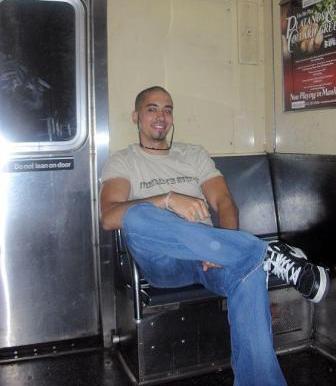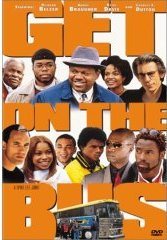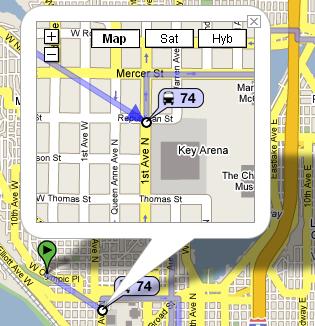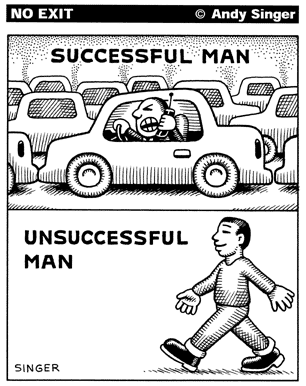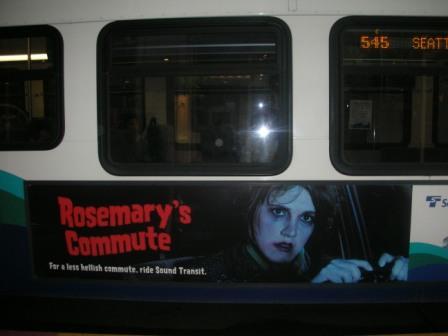Despite the large number of fabulous, active, interesting people who choose to be car-free, it is still considered an “alternative” lifestyle. We bus- and bike-dependent types are viewed as outside the mainstream: martyrs; angry, political types with something to prove; or die-hard environmentalists participating in “sustainability experiments.” Here’s the thing, though: Some people choose not to own cars out of good, old-fashioned, American self-interest.
I wrote an essay on the personal-benefit aspects of car-free living for this month’s issue of Seattle magazine. And then, a couple of weeks ago, I found an entire book on the subject. Chris Balish’s, How to Live Well without Owning a Car (Ten Speed Press, 2006) shows people how to improve their lives–especially their finances–by (don’t make me say “I told you so”) giving up their cars. Here’s an excerpt from the first chapter:
Without a car to constantly take care of, you’ll have fewer hassles, lower stress, less aggravation, and less to worry about. You may even find you have more free time. With no car in your life you may also improve your health, get more exercise, lose weight, and sleep better. In other words, you’ll be happier, healthier, and much wealthier. Best of all, practically anyone can live happily without owning a car–or, as many people call it, living “car-free.” This program is not abstract theory. It’s not a fringe concept applicable to a select few. It’s a broad-based, step-by-step process that almost anyone in mainstream America can follow to start saving money right away. Even if you’re convinced you “need” a car, this program may change your mind.
How to Live Well… has received a fair amount of media attention, and not just because of the novelty factor. Though it’s a bit repetitive in parts, the book extremely persuasive–so persuasive that I predict it will convince lots of people to dump that extra ton (or two) they’ve been lugging around. Here are some reasons why:
• It is written by an attractive, successful, image-conscious, Midwesterner who accidentally discovered a better way to live–just the right person to convince the skeptical that car-free living isn’t only for granola-eating, hemp-wearing, co-op shopping, Berkeley students.
• It provides many alternatives to driving cars, including walking, public transit, bicycles, and scooters.
• Though it focuses on the financial benefits of not owning a car, it doesn’t leave out any of the others: environmental, social, physical, emotional.
• It explains the detrimental effects of our car-centric culture without demonizing cars or judging the people who drive them.
• It gives useful, specific information about how to prepare for, and eventually live, a car-free life.
• It includes a chapter about car-free dating–critical for all the sexy people who are considering taking the plunge.
• It promotes car-sharing for situations that require a car.
• It offers strategies for reducing car use for those who can’t give up their cars completely.
• It is full of inspiring testimonials from people all over the country who are happily living car-free (and “car-lite”) lives.
Buy How to Live Well without a Car for every prospective bus chick you know. Buy it for all your broke friends who are two value meals away from selling their plasma. Buy it for your upstairs neighbor, your Aunt Mae, and your cousin Junior. Buy it for your fraternity brothers. Buy it for your dentist.
Better yet, make all those folks check it out at the library. It is, after all, a book about saving money.

